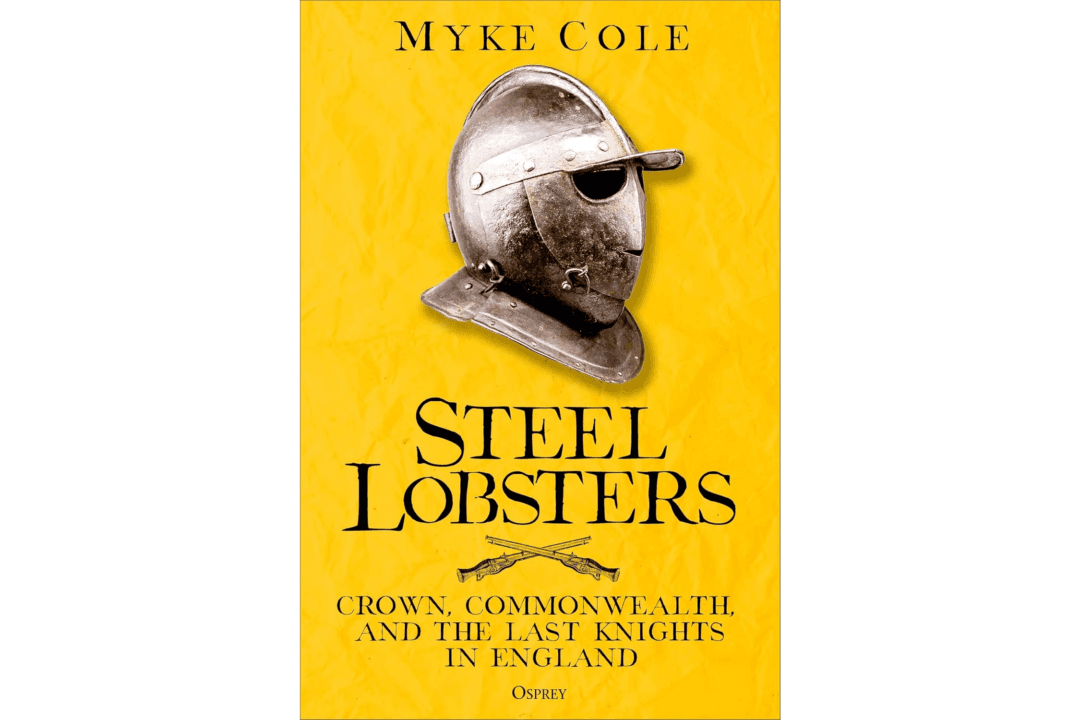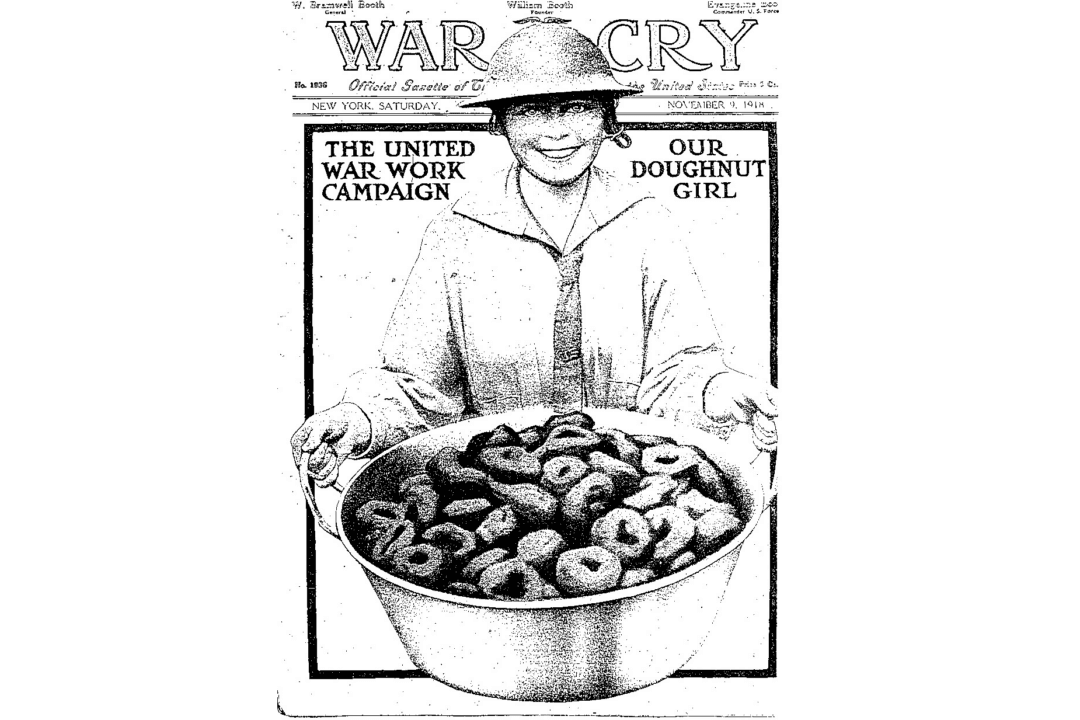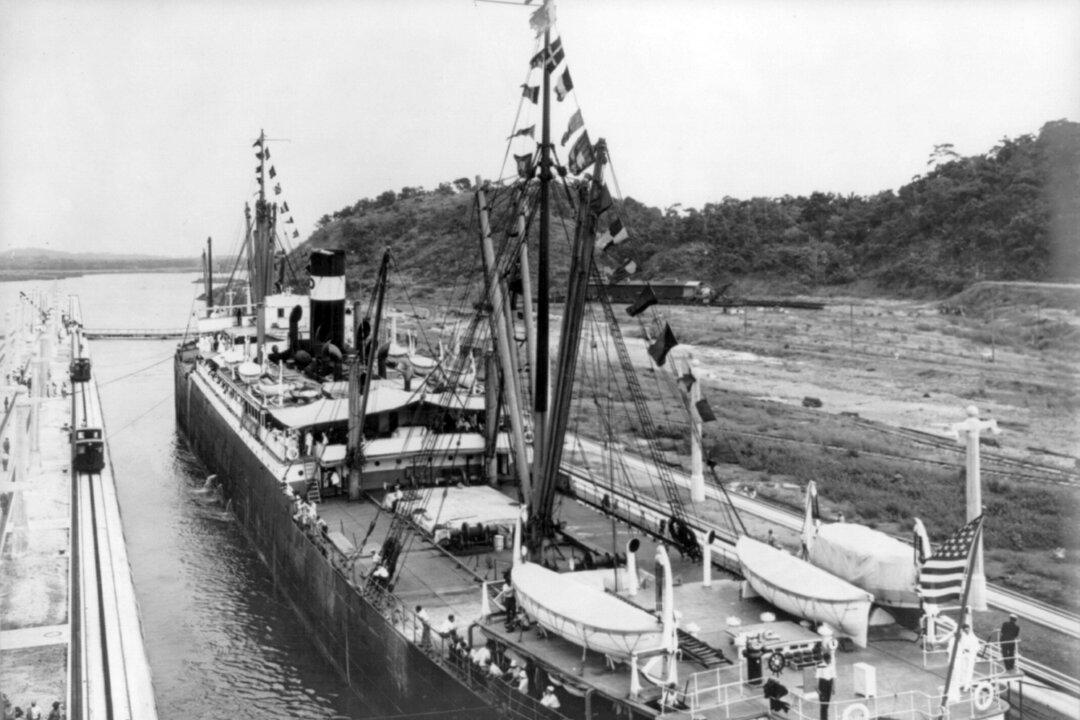Few subjects have been more dissected in article, essay, and book form than World War II. It is more than fitting that this should be the case for the largest conflict in world history.
The Bomb and More
When it comes to the end of the war in the Pacific, one moment stands out (two, really): the dropping of the atomic bomb. Although there were many other events surrounding this major one, they’ve gotten shrouded in the debris and destruction of Hiroshima and Nagasaki.While the Manhattan Project was ongoing, pilots, sailors, and soldiers were mopping up an enemy that was for all intents and purposes defeated. Bombers flew missions over Tokyo, demolishing the massive city and home of Emperor Hirohito. Carriers were on the move toward mainland Japan, along with other ships.
And with the European Theater ending, more soldiers were being shipped over to fight the final leg of the war. All of this was taking place while Japanese military and political leaders debated over how to surrender or whether to persevere to the bitter end, even to the point of national annihilation. Tillman places all of these perspectives in plain view of the reader.

Along with presenting all of the bigger pictures, he introduces smaller events, like sorties and dogfights of American pilots, and conversations and correspondences from the U.S. Army brass, such as Gen. Douglas MacArthur, Gen. Curtis Lemay, and Adm. Chester Nimitz.
Tillman ushers in all the rumors about the war’s end, or its impending end, that swirled around those still fighting. The author demonstrates the polar opposite feelings that pilots had concerning their missions: for some, the distress of risking a mission when the war seemed all but over, and for others, especially for new pilots, the distress of missing a chance to fly a mission at all.
Aside From the US
As World War II’s final chapter was coming to a close, there were countless moving parts across the globe, but specifically in East Asia. There were still Japanese troops in China, where Americans were still fighting, and the Russians were attacking through Manchuria. Tillman clearly displays the noose tightening around the neck of the Empire of Japan.As the noose tightened, the leaders of the Empire could hardly see eye-to-eye on the matters of immense urgency. As the country was burning, literally, there was hesitance, indecisiveness, and hubris. Tillman discusses the warnings issued to Japanese citizens of numerous cities that were on the list of targets and the aftermath on the ground of the two devastated cities. The author proves that the Japanese leaders were preparing their citizens to fight to the death and that the citizens were prepared to follow through with the suicidal act.
Theories have progressed over the decades that the war could have been won, that the Japanese would have surrendered, without the dropping of the two atomic bombs. But importantly, Tillman informs the reader that these theories arose between the 25 years from the war’s end and the release of classified intelligence documents. These documents show that the Japanese did intend to continue fighting. The author touches on the fact that these theories still remain despite evidence proving the bombs necessary to spare not only American lives, but millions of Japanese lives as well.

The Aftermath of the War
A good section of the book discusses Hirohito’s acceptance of the Potsdam Declaration, the dramatic coup that was attempted to stop him from doing so, and the suicides of various military and political leaders who agreed and disagreed with the emperor’s decision.The author ties in the many political and economic issues at play regarding the rise of both communism and democracy across the globe and how that played a role in setting up America as Japan’s overseer to ensure they abided by the peace treaty terms and, as protector, to ensure they did not fall prey to Joseph Stalin and the USSR.
Among the leaders who found their place on the global stage was MacArthur, in a role that was both military and political. Along with Stalin rose Mao Zedong, as the Chinese civil war between the Communists and the Nationalists, led by Chiang Kai-shek, came to an end, with Kai-shek escaping to Formosa, now Taiwan.

Incredible Detail and War Stories
“When the Shooting Stopped: August 1945” is rich in the details of stories rarely if ever presented. Naval and Air Corps heroes of the United States, Britain, and other allies are discussed in full, shining a spotlight on those perhaps overlooked due to their proximation to the atomic bombings. The tragic event of the USS Indianapolis also is highlighted.
For readers who wish to know the details of events that took place early- to mid-August, 1945, this is a great book. It’s a wonderful addition to the World War II discussion, especially within the Pacific Theater. It also provides clarity about how the modern world developed in Asia, producing enemies and allies that remain to this day.






